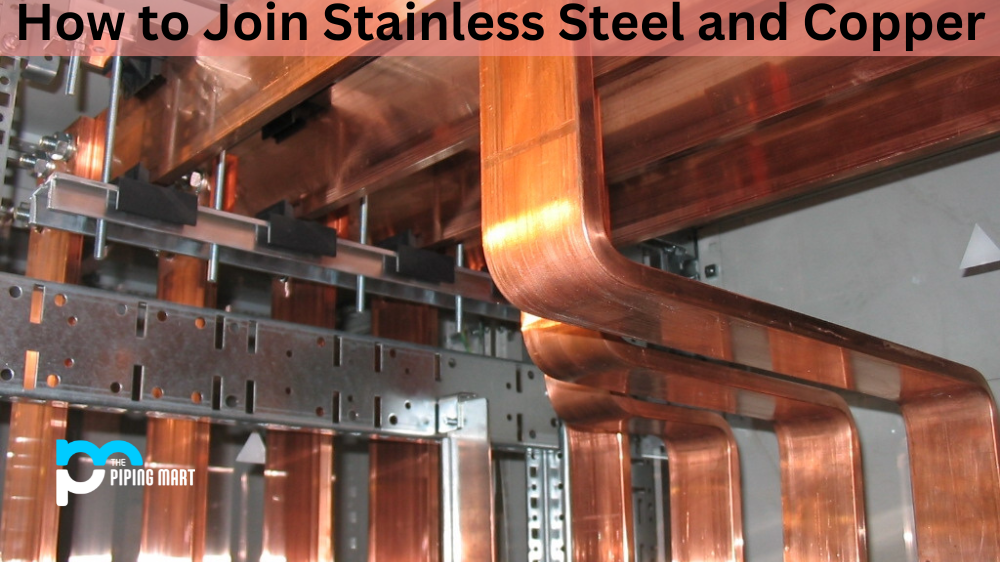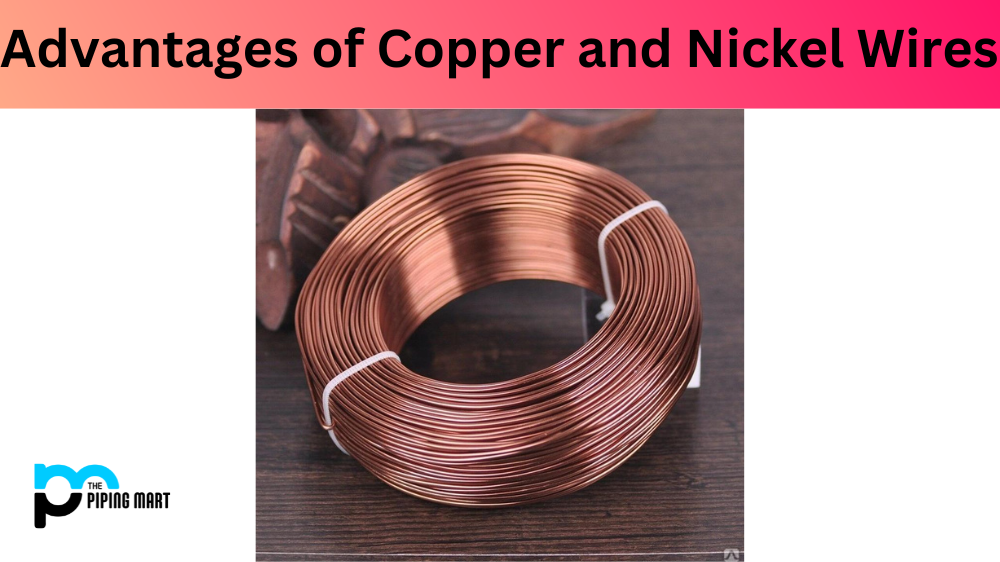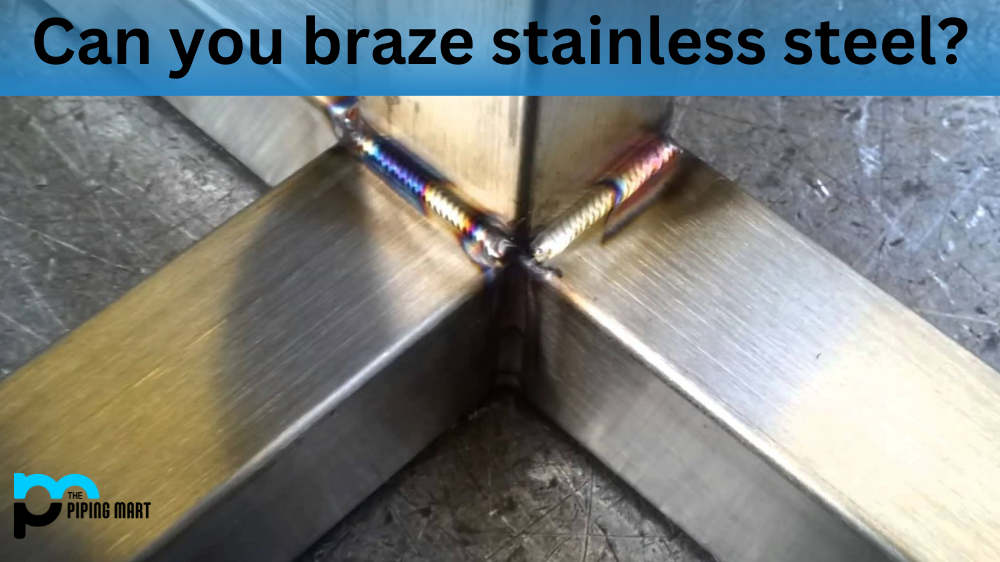If you’re looking for a durable, reliable way to join two different metals, look no further than steel and copper. This combination of metals is especially useful in the fabrication of heat exchangers, tube sheets, and condensers. But how exactly do you join these two materials? Let’s take a look at the basics of joining steel and copper.
Soldering
The most common method for joining steel and copper is soldering. Soldering works by melting a filler metal (known as solder) between two joined pieces. Most solder contains flux, which helps prevent oxidation and corrosion by creating a protective layer over the joint. When it comes to soldering steel and copper, there are several things to keep in mind:
First, make sure that both pieces are clean before beginning the soldering process; any dirt or debris will impede the strength of your joint. Second, use an appropriate flux – one that is designed specifically for joining steel and copper – to ensure maximum adhesion between the metals. Finally, make sure that your soldering iron has enough heat to properly melt the solder; otherwise, your joint will not be strong enough to withstand the necessary pressure or temperature levels.
Welding
Another popular method for joining steel and copper is welding. Welding works by using high-frequency electric arcs or gas flames to fuse two pieces together at extremely high temperatures. In order to successfully weld steel and copper together, you must use special welding rods that contain either nickel or silver as their base material. These rods help create a strong bond between two dissimilar materials by serving as an intermediary between them during the welding process. Additionally, if you’re welding stainless steel with copper, it’s important to use low-temperature welding rods since stainless steel melts at higher temperatures than other types of steel or copper alloys do.
Conclusion:
Joining steel and copper can be tricky, but with proper preparation and technique, it can be done effectively with either soldering or welding methods. The key is understanding what type of rod or flux each method requires so that you can achieve maximum adhesion between the two materials in order to create a durable joint that can withstand whatever conditions it may face in its application. With this knowledge under your belt, you now have everything you need in order to join these two materials like a pro!
Sakshee is a talented blogger, with a particular focus on the Business and Metal Industry. She is passionate about sharing her insights on various metal products and helping professionals to make a better decisions.




